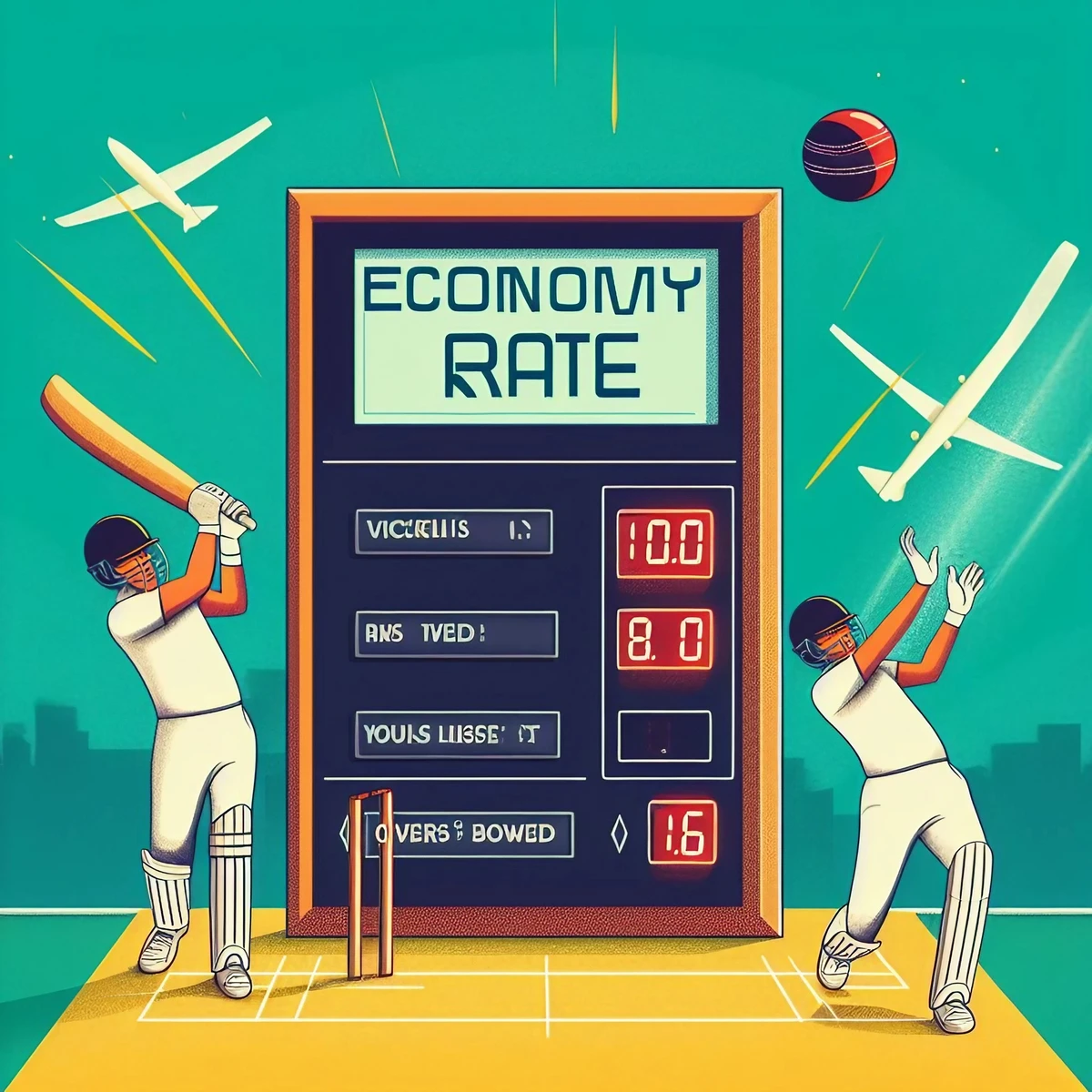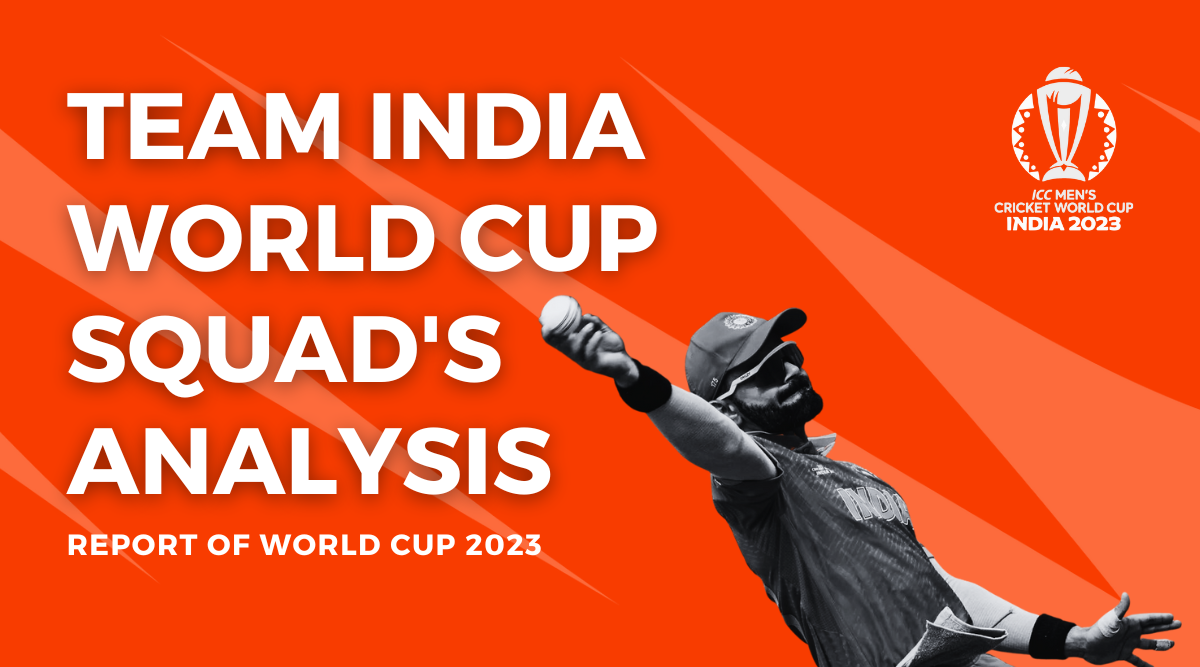Glenn McGrath, a cricketing legend, transformed fast bowling with a unique approach. His career, spanning 14 years, was not built on sheer speed or sly tactics.
Instead, McGrath harnessed simplicity to devastating effect, claiming 563 Test wickets.
His partnership with Shane Warne became legendary, mentally overpowering opponents and securing remarkable victories for Australia.
McGrath’s legacy defies conventional measures, marking him as one of the greatest fast bowlers ever.
Precision Personified: The Pigeon’s Path
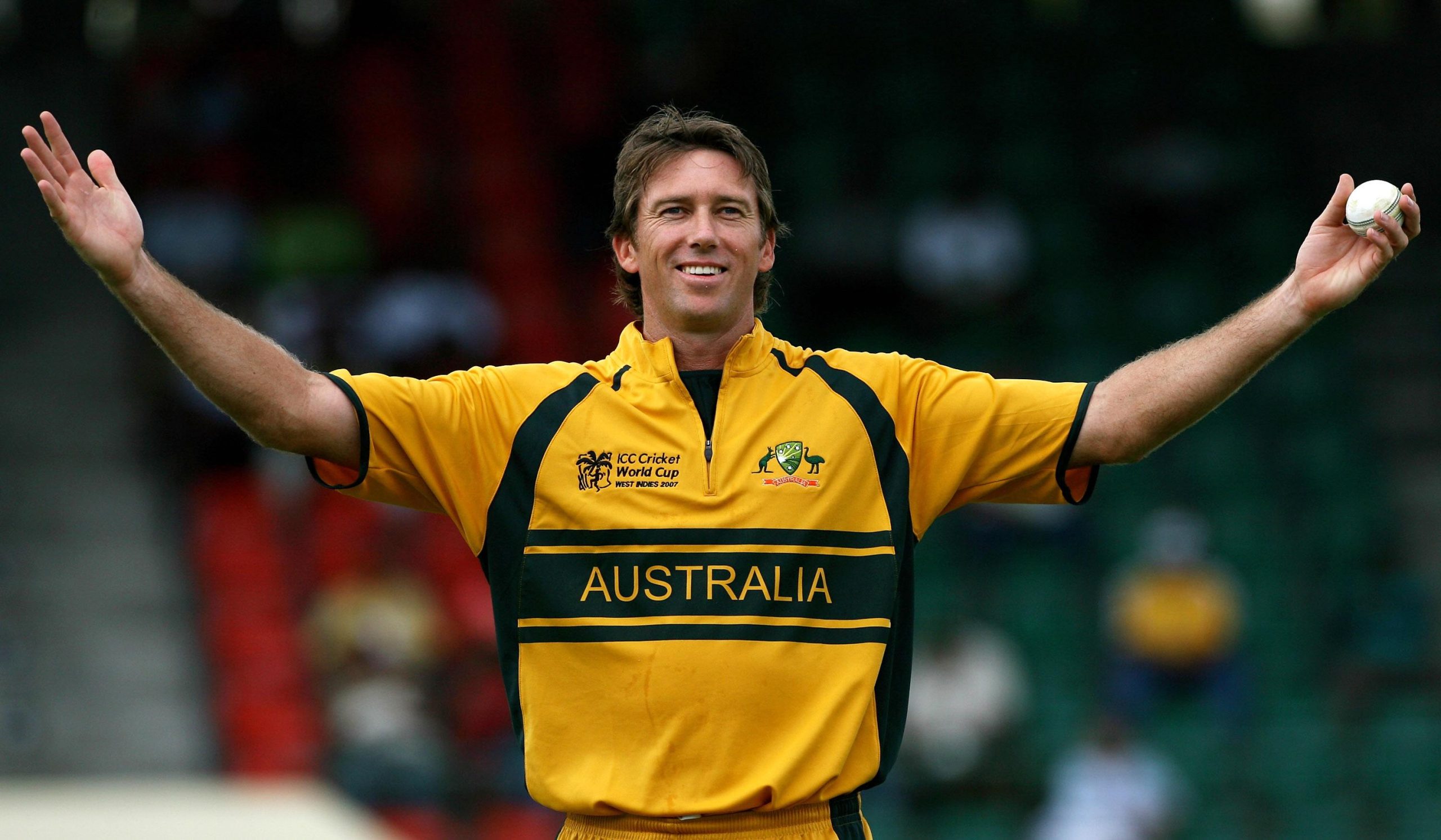
McGrath’s towering presence on the field earned him the nickname ‘Pigeon’. However, his real weapon was relentless precision.
He consistently delivered impeccable lines and lengths, tirelessly challenging batsmen. His journey began under Doug Walters’ watchful eye in New South Wales.
Making his debut at 23, McGrath rapidly ascended to become Australia’s lead bowler. His performances, especially against England in the Ashes, showcased his remarkable skill and impact.
Shining on the Grand Stage: Moments of Glory
In key matches, McGrath’s brilliance shone brightest. He achieved the 300-wicket milestone with a memorable hat-trick, including Brian Lara’s scalp.
His 500th wicket, a highlight at Lord’s in 2005, cemented his status. McGrath’s World Cup feats, like his 2/13 in the 1999 final, were pivotal in Australia’s triumphs.
His encounters with Sachin Tendulkar, though often under Warne’s shadow, were equally noteworthy.
Resilience and Return: Triumph Over Adversity
Faced with challenges like ankle surgery and his wife’s illness, McGrath always made a strong comeback. He bowed out of international cricket with a 5-0 Ashes victory, marking a fitting end to a storied career.
His retirement did not dim his influence; McGrath set a World Cup wicket record and was inducted into the ICC Hall of Fame.
Off the Pitch: A Champion for a Cause

Following his wife Jane’s passing, McGrath dedicated himself to fighting breast cancer. He established the Pink Test in Sydney, honoring Jane McGrath Day annually.
Currently, as the Director of the MRF Pace Foundation, he shapes future cricket stars. His commentary stints showcase his deep understanding and commitment to Australian cricket.
Glenn McGrath’s legacy transcends cricket, inspiring generations with his skills, resilience, and humanitarian efforts.
Glenn McGrath: Milestones of a Cricketing Phenomenon
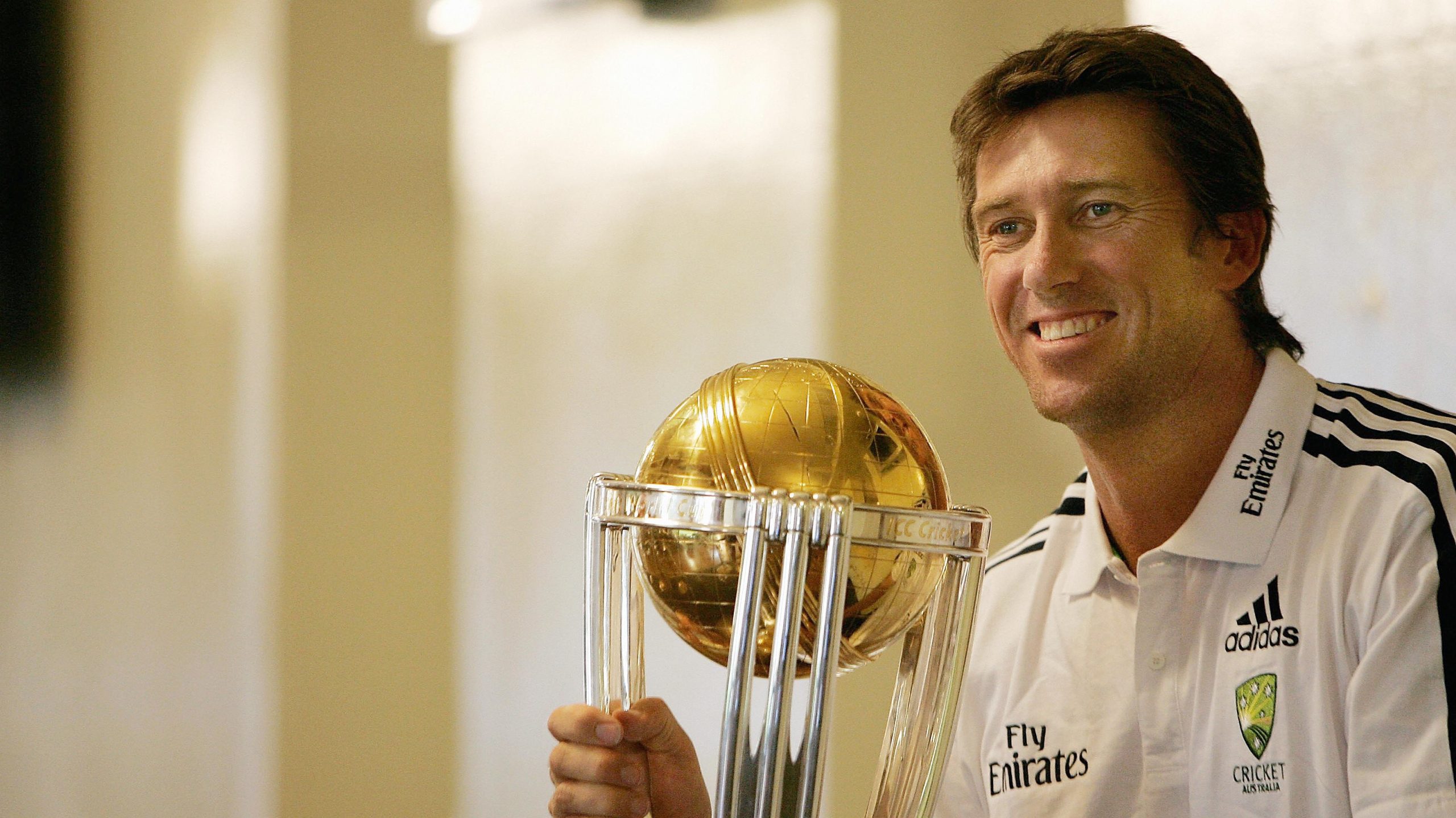
Journeying through Glenn McGrath’s illustrious career unfolds a tale of remarkable milestones. His debut on the international stage marked the beginning of an era that cricket enthusiasts would cherish for decades.
McGrath’s career, dotted with significant debuts and farewells, spanned various formats and leagues.
His transition from Test cricket to the dynamism of T20 and IPL showcases his adaptability and prowess in the cricketing arena. Here’s a look at the key dates that defined the career of this cricketing legend.
Test Triumphs: The Beginning and the Bow
-
- Test Debut: Against New Zealand at W.A.C.A. Ground, Nov 12, 1993.
- Final Test Appearance: Against England at Sydney Cricket Ground, Jan 02, 2007.
ODI Odyssey: From Inception to Curtain Call
-
- ODI Debut: Against South Africa at Melbourne Cricket Ground, Dec 09, 1993.
- Last ODI: Against Sri Lanka at Kensington Oval, Apr 28, 2007.
T20 Trailblazing: A Short but Stellar Stint
IPL Innings: The Indian Chapter
-
- IPL Debut: Against Rajasthan Royals at Arun Jaitley Stadium, Apr 19, 2008.
- Last IPL Match: Against Rajasthan Royals at Wankhede Stadium, May 30, 2008.
Each of these dates not only marks McGrath’s entry and exit from different formats but also highlights his adaptability and consistent performance across the spectrum of international cricket.
Glenn McGrath’s journey, punctuated by these significant moments, remains an inspiring chronicle in the annals of cricket history.
Glenn McGrath: A Trailblazer’s Trophies and Tributes
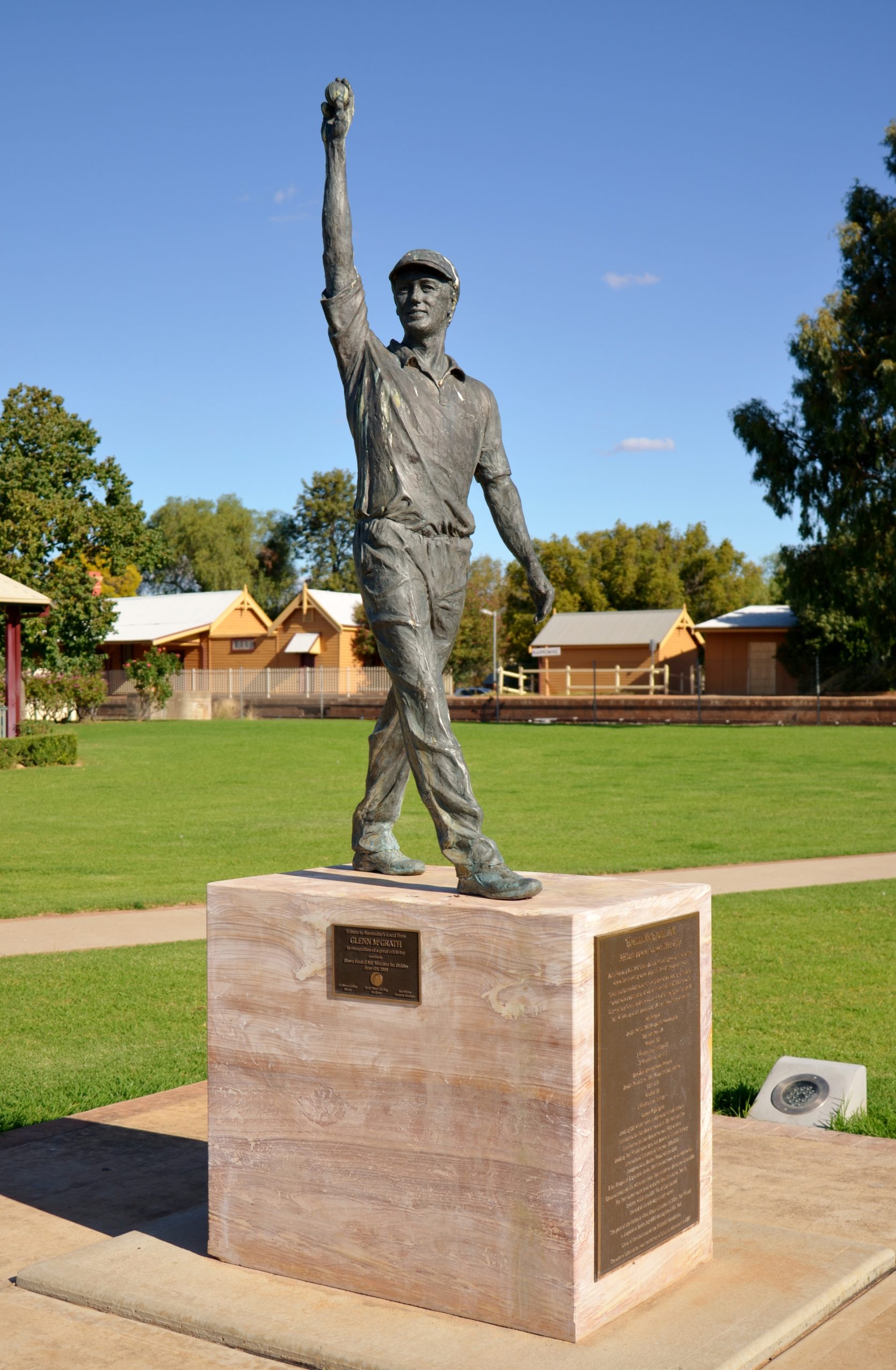
Glenn McGrath, a name etched in cricket history, garnered numerous accolades throughout his illustrious career.
In 2001, he joined the elite Australian Institute of Sport’s ‘Best of the Best’ list, a testament to his exceptional athleticism.
McGrath’s talent shone bright in 2000, earning him the prestigious Allan Border Medal and the Men’s Test Player of the Year award.
Furthermore, in 2001, he clinched the Men’s ODI Player of the Year, solidifying his prowess in one-day internationals.
In a significant national recognition, McGrath was appointed a Member of the Order of Australia on Australia Day in 2008.
This honor celebrated his cricketing excellence and, alongside his wife, their tireless community service through the McGrath Foundation.
That same year, his contributions were further acknowledged when he was named the NSW Australian of the Year.
McGrath’s legacy continued to be honored post-retirement. In 2011, he was inducted into the Sport Australia Hall of Fame, followed by the ICC Cricket Hall of Fame in January 2013.
His remarkable career was again celebrated in 2013 when Cricket Australia inducted him into their Hall of Fame.
Reflecting his standing in the hearts of fans, McGrath was voted into Australia’s ‘greatest-ever ODI team’. Moreover, in a 2017 CA fan poll, he was named in Australia’s best Ashes XI of the past 40 years.
Back in his hometown of Narromine, a statue by artist Brett “Mon” Garling stands in his honor, installed in 2009, immortalizing McGrath’s legacy in bronze.
Frequently Asked Questions (FAQs)
What made Glenn McGrath unique as a fast bowler?
Glenn McGrath’s uniqueness lay in his simplicity and precision. He wasn’t known for extreme speed or deceptive tactics, but for his consistency in delivering accurate lines and lengths, which led to a remarkable tally of 563 Test wickets.
How did McGrath and Warne's partnership impact Australian cricket?
McGrath’s partnership with Shane Warne was legendary. Together, they mentally overpowered opponents, contributing significantly to Australia’s cricketing dominance and securing many remarkable victories.
What were some of McGrath's most notable achievements in cricket?
Noteworthy achievements include reaching the 300-wicket milestone with a hat-trick, securing his 500th wicket at Lord’s in 2005, and his performance in the 1999 World Cup final with figures of 2/13.




